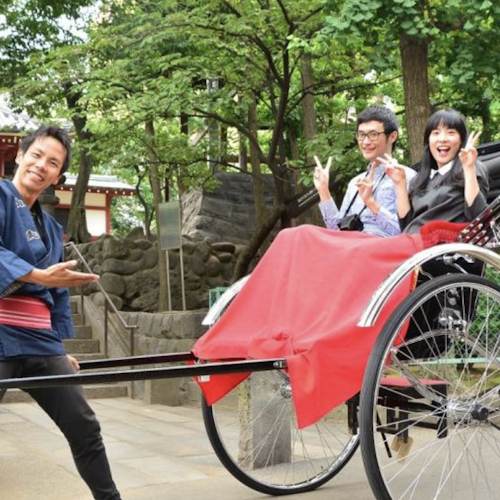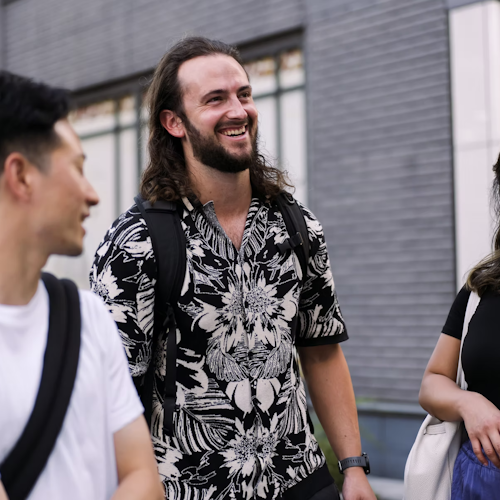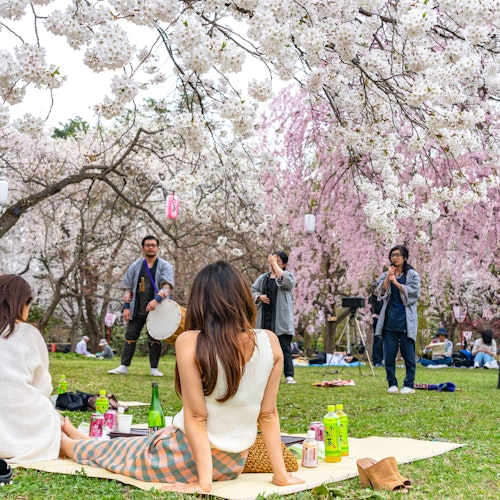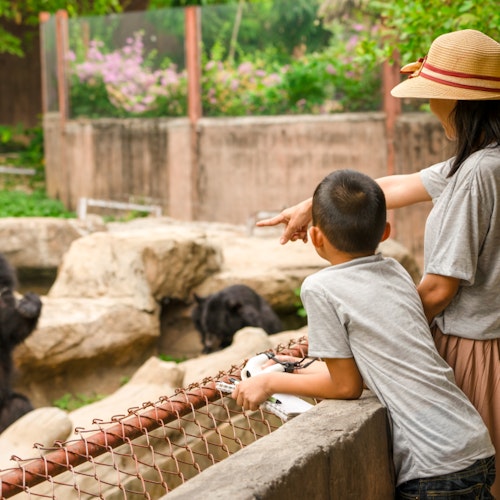
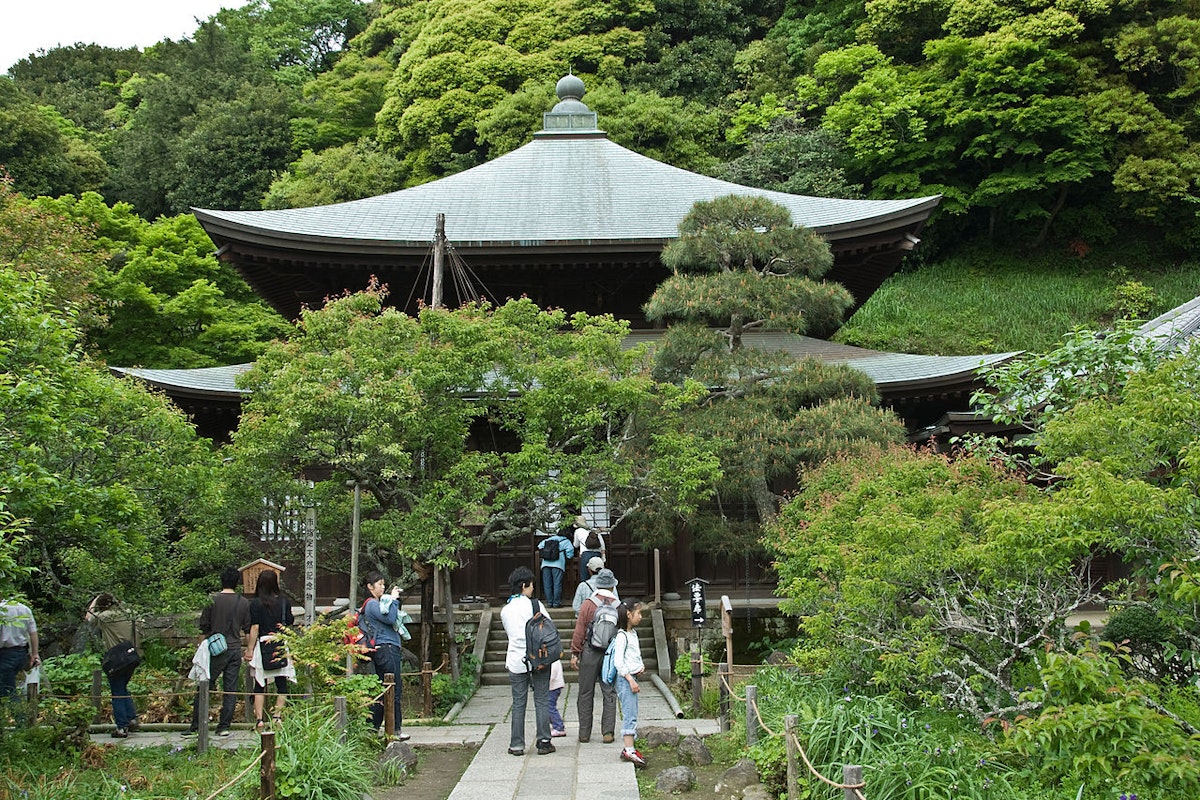
Embark on a spiritual journey through the serene and sacred landscapes of Okinawa as we explore the Top 10 Iconic Temples of this beautiful Japanese prefecture. Okinawa, known for its rich history and vibrant culture, is home to numerous temples that offer a unique blend of spiritual tranquility and architectural beauty.
Each temple tells a story of faith, tradition, and resilience, making them more than just places of worship but landmarks of cultural heritage. Whether you are a spiritual seeker, a history enthusiast, or simply a lover of beautiful places, this guide will lead you through the peaceful paths of Okinawa's most revered sites.
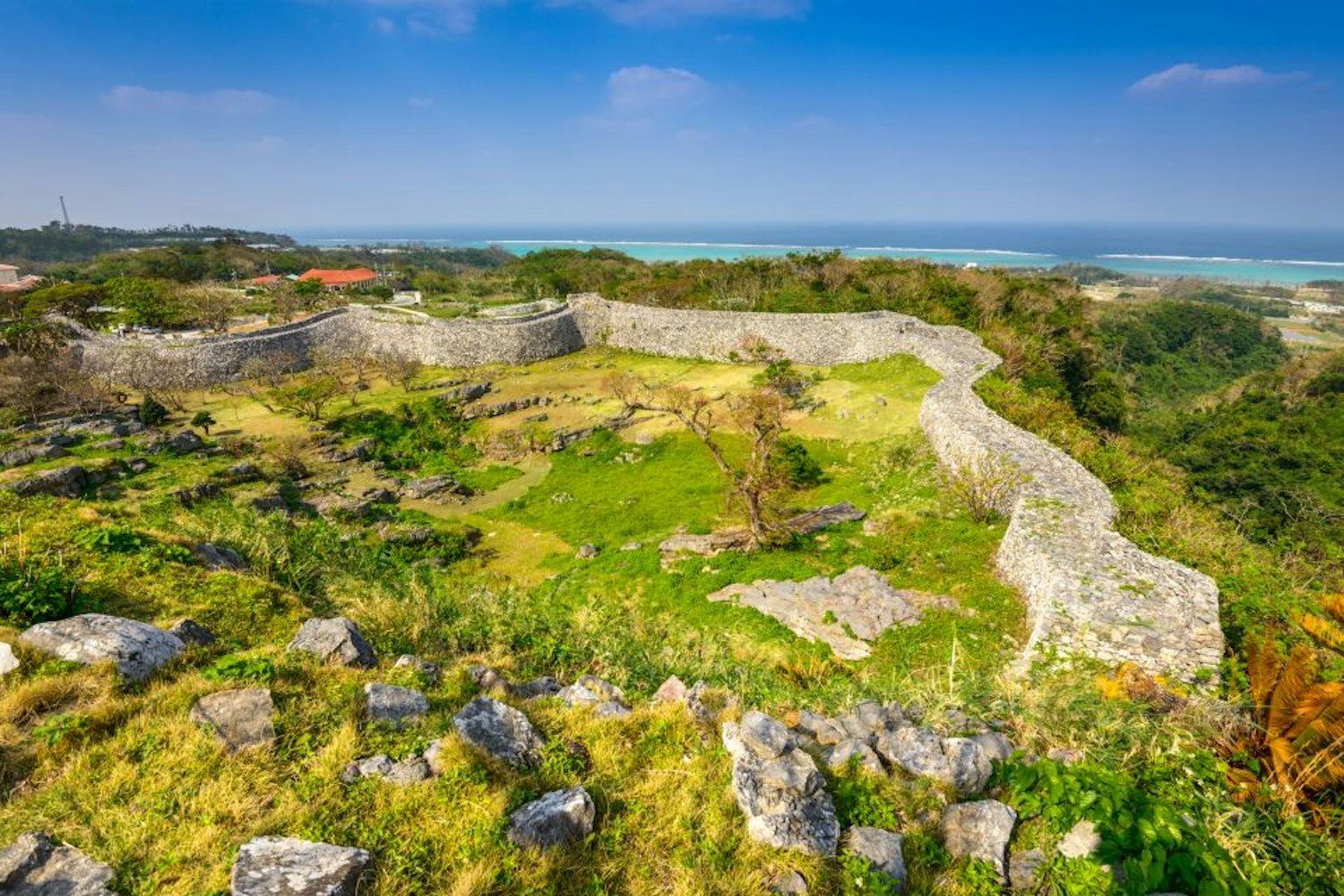
Nakagusuku Castle is one of Okinawa’s most significant historical landmarks, recognized globally for its architectural brilliance and strategic design as a UNESCO World Heritage Site. The castle ruins date back to the 14th century and are noted for their exemplary use of Ryukyuan fortification techniques, which harmoniously blend with the surrounding landscape.
These ancient ruins offer not just a peek into the military history of the Ryukyu Kingdom but also provide a sacred space where visitors can experience the spiritual heritage connected to the royal lineage that once thrived here. The castle's elevated position offers breathtaking views of the island, enhancing its status as a place of contemplation and spiritual reflection.
Historically, Nakagusuku Castle is also famed for the legend of Gosamaru, a Ryukyuan lord known for his loyalty and tragic fate. This historical narrative adds a layer of spiritual depth to the site, where visitors can reflect on the themes of loyalty, betrayal, and the transient nature of power.
The carefully preserved stone walls and the layout of the castle reflect the Ryukyu architectural style that emphasizes harmony with nature, a principle deeply embedded in local spiritual beliefs. This site serves as a vivid reminder of Okinawa's past, bridging the historical with the spiritual in a setting that inspires awe and reverence.
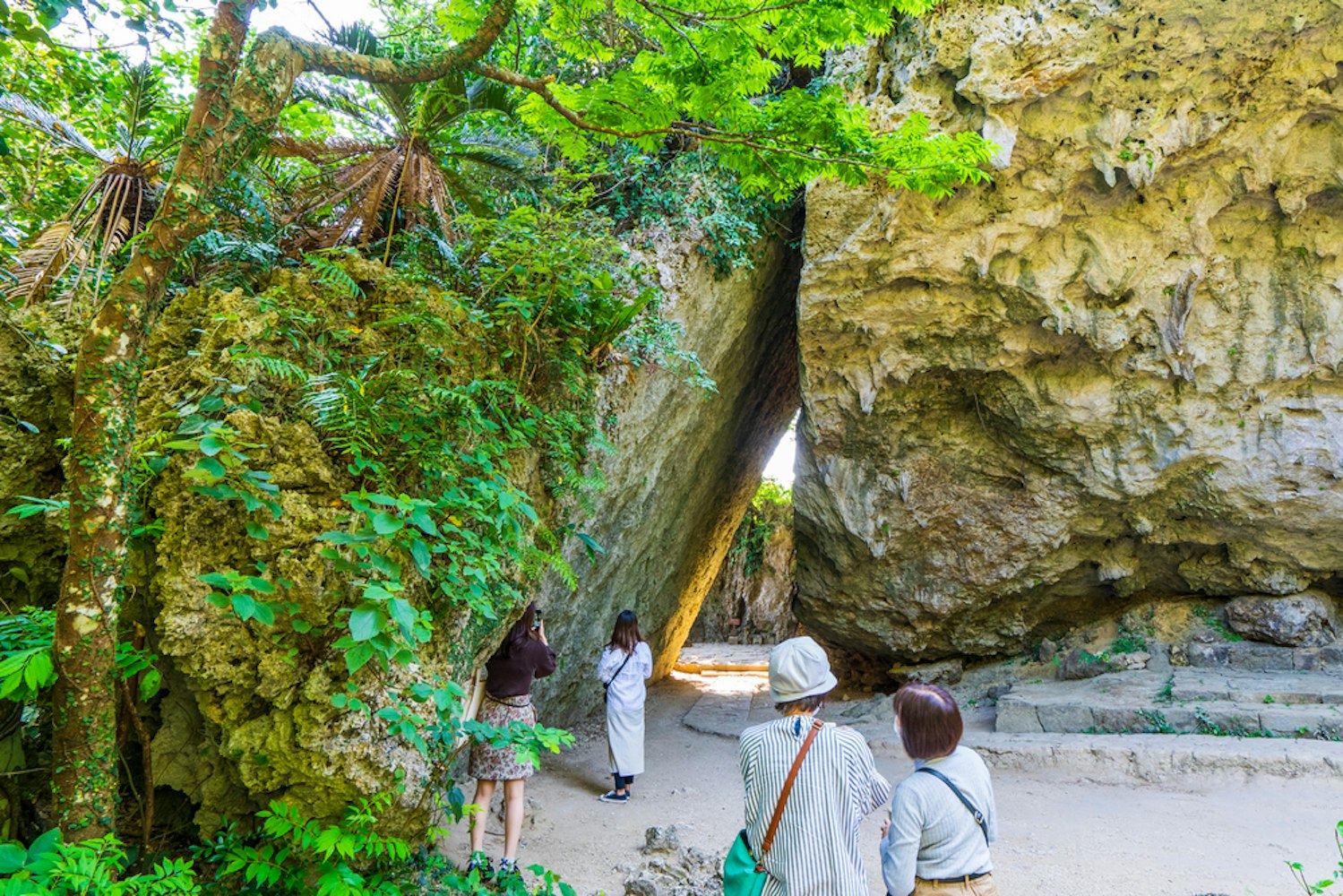
Sefa-Utaki is a place of exceptional spiritual importance in Okinawa, often considered the most sacred site in the Ryukyu Islands. This UNESCO World Heritage site is distinguished by its natural rock formations and dense foliage, which create an atmosphere of profound peace and spirituality.
The site was historically used for royal and religious ceremonies, particularly by the Noro, female priestesses who held significant religious authority in Ryukyuan society. The natural caves and crevices at Sefa-Utaki are thought to be the pathway to the Ryukyuan gods, making it a crucial place for spiritual communion and prayer.
The unique aspect of Sefa-Utaki lies in its direct connection to the indigenous beliefs of the Ryukyu Islands, where nature is revered and protected as sacred. The site’s layout, which includes several megaliths set against the backdrop of Okinawa’s lush landscapes, emphasizes the Ryukyuan concept of sacred spaces being integral to both natural beauty and spiritual significance.
Visitors to Sefa-Utaki often speak of a palpable sense of tranquility and the feeling of stepping into a space where the boundaries between the spiritual and the earthly blur, offering a unique opportunity for introspection and spiritual renewal.
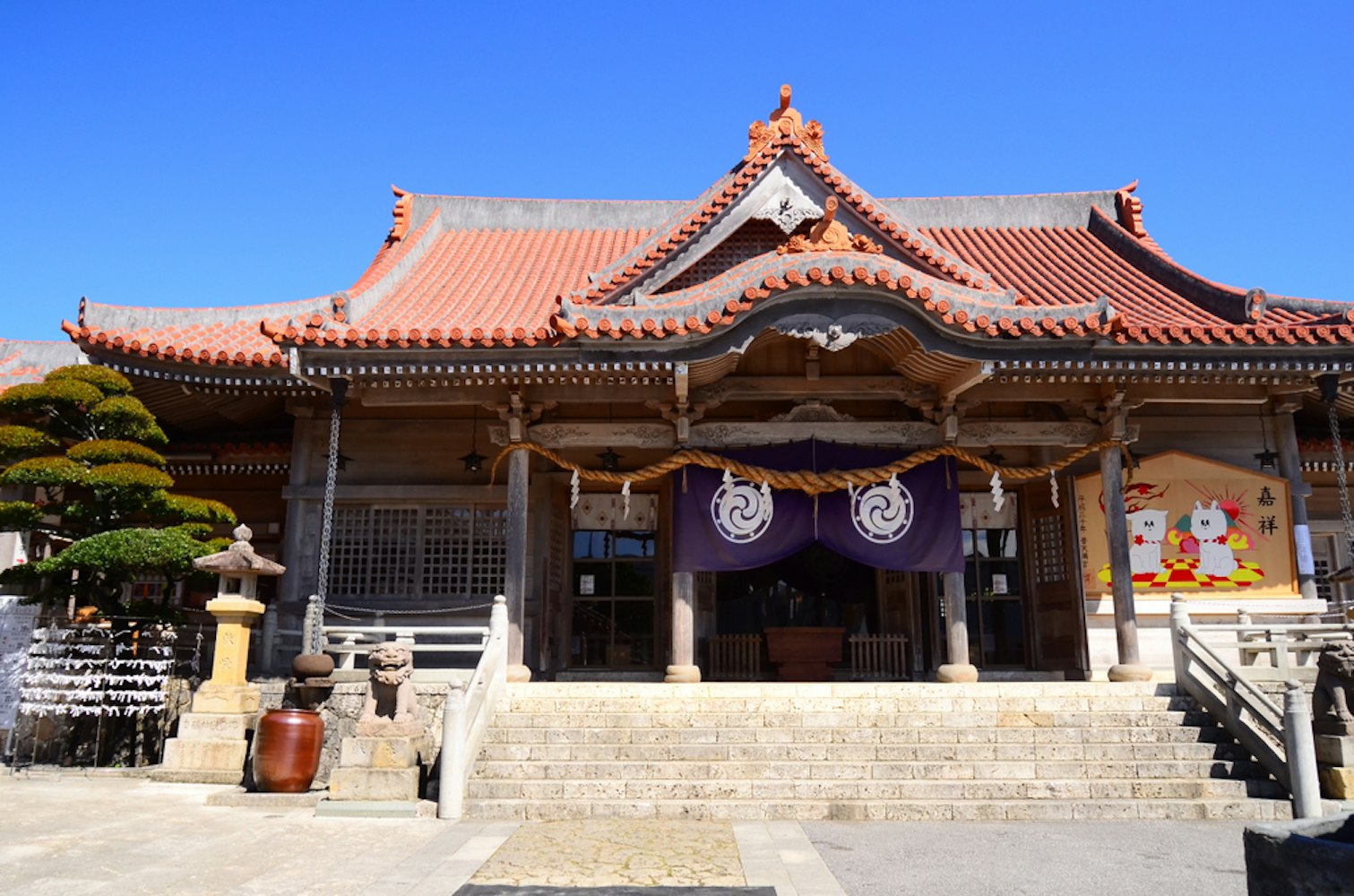
Located in the heart of Okinawa, Futenma Shrine is surrounded by a verdant grove, making it a serene sanctuary away from the hustle and bustle of city life. This shrine is central to the spiritual life of the local community, hosting several annual festivals that are vibrant displays of Okinawan culture and religious faith.
The shrine is particularly famous for its role in the yearly Rei Sai festival, which is a significant event drawing crowds from across the island to participate in rituals that are believed to bring good fortune and health.
Futenma Shrine's importance extends beyond its beautiful setting; it is a cornerstone of the local community’s religious activities, serving as a gathering place for celebrations and spiritual ceremonies throughout the year.
The shrine's architecture, with its traditional Ryukyuan gates and ornate dragon carvings, reflects the deep cultural heritage of Okinawa and the spiritual beliefs that have been preserved over the centuries. Amidst its lush surroundings, the shrine offers a quiet place for reflection and prayer, where individuals can reconnect with their spiritual selves in the presence of nature’s enduring beauty.
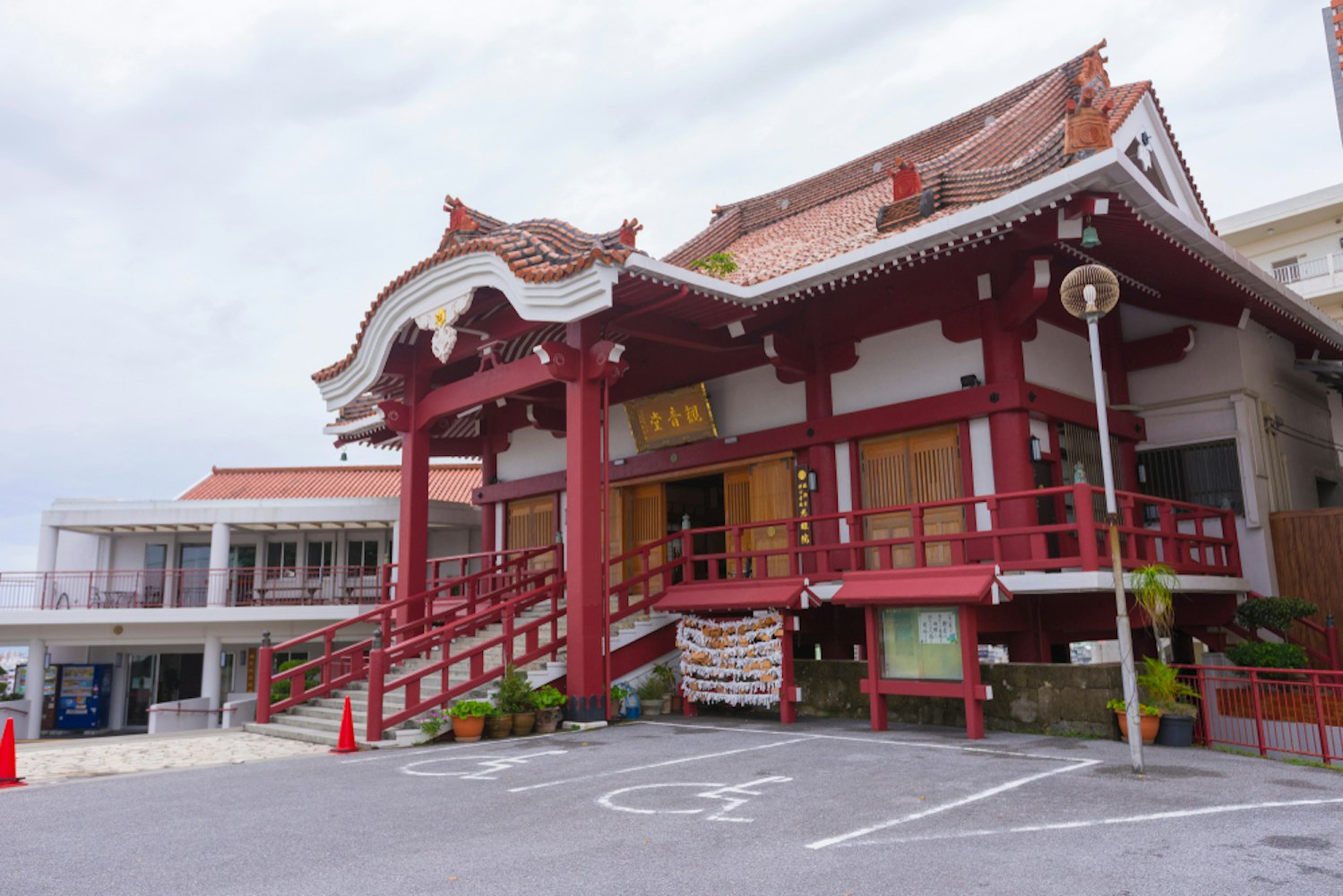
Shuri Kannondo Temple, nestled near the historically significant Shuri Castle, offers a serene environment that captures the essence of traditional Ryukyuan architecture. This temple is distinguished by its striking red tiled roofs and dragon carvings, which are emblematic of the architectural style unique to the Ryukyu Islands.
As a place of tranquility amidst the bustling cityscape of Naha, the temple provides a spiritual refuge for visitors and locals alike. Its grounds, dotted with lush gardens and quiet walkways, are designed to foster a peaceful atmosphere, inviting meditation and reflection on the deeper aspects of life.
The temple not only serves as a religious site but also as a cultural hub, preserving and celebrating the heritage of the Ryukyu Kingdom. It regularly hosts cultural performances and traditional ceremonies that are open to the public, providing insight into the spiritual and cultural practices of Okinawa. This active engagement with the community helps maintain the spiritual vitality of the temple, making it a cherished landmark in Okinawa’s capital.
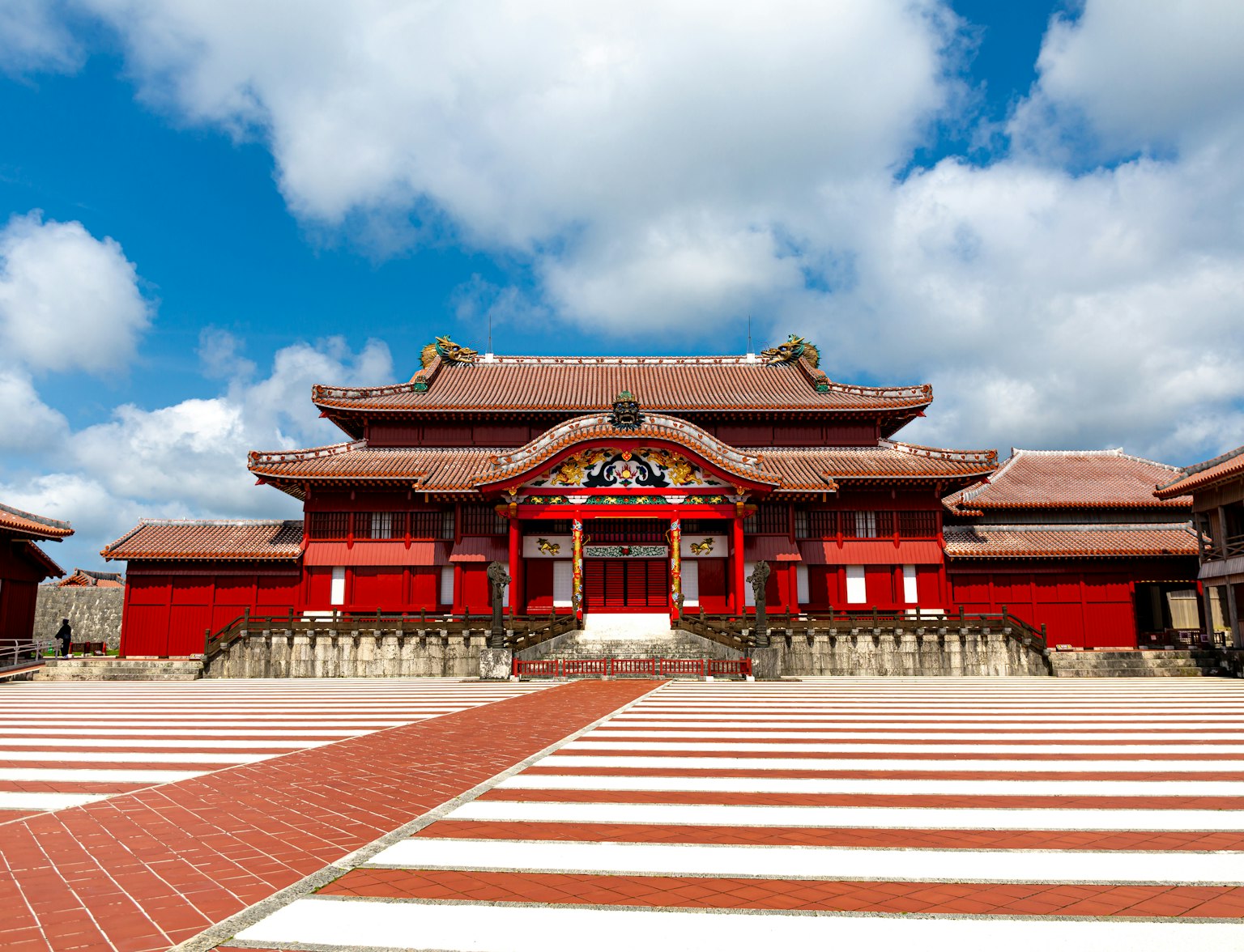
Discover the gems of Okinawa on our sightseeing bus tour!

Gokoku-ji Temple stands as a beacon of peace and tradition in Okinawa. Known for its beautifully manicured gardens and traditional architectural style, the temple offers a visually stunning experience that complements its spiritual offerings.
The temple grounds are meticulously maintained, featuring stone lanterns and paths lined with tropical plants that lead visitors through a tranquil setting conducive to contemplation and prayer. The main hall, adorned with intricate wood carvings and gold accents, hosts various traditional rituals that draw participants from across the island.
This temple is particularly noted for its efforts in fostering peace and reconciliation post-World War II. It holds memorials and peace prayers, emphasizing the Buddhist principles of compassion and non-violence.
Gokoku-ji’s role extends beyond religious practices; it is a symbol of hope and renewal for the Okinawan people, serving as a place where individuals of all backgrounds can come together in the spirit of harmony and reflection.
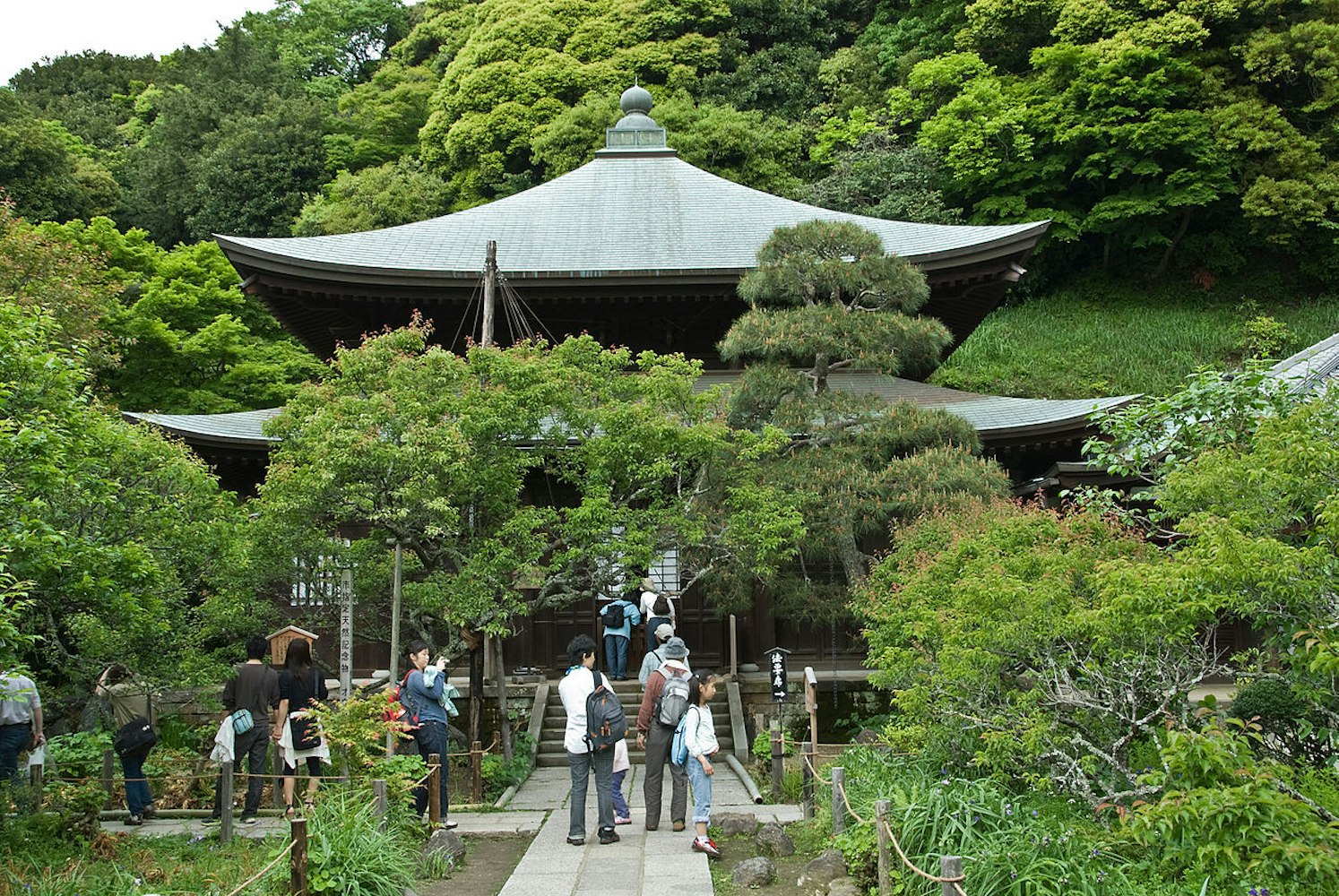
Zuisen Temple, located in the heart of Okinawa, is renowned for its vibrant annual ceremonies and its deep connections to the local community. The temple is a focal point for spiritual and cultural activities, known for its dynamic events that celebrate both traditional Ryukyuan and broader Japanese cultural practices. These events, which include the colorful New Year celebrations and the Obon festival honoring ancestors, are integral to the local community, fostering a sense of unity and belonging among participants.
The temple itself features a blend of traditional Japanese and unique Ryukyuan design elements, creating a distinct aesthetic that reflects the diverse cultural influences of the island. Zuisen Temple's active role in the community helps keep local traditions alive, providing a space where the spiritual and cultural heritage of Okinawa is celebrated and passed down through generations.
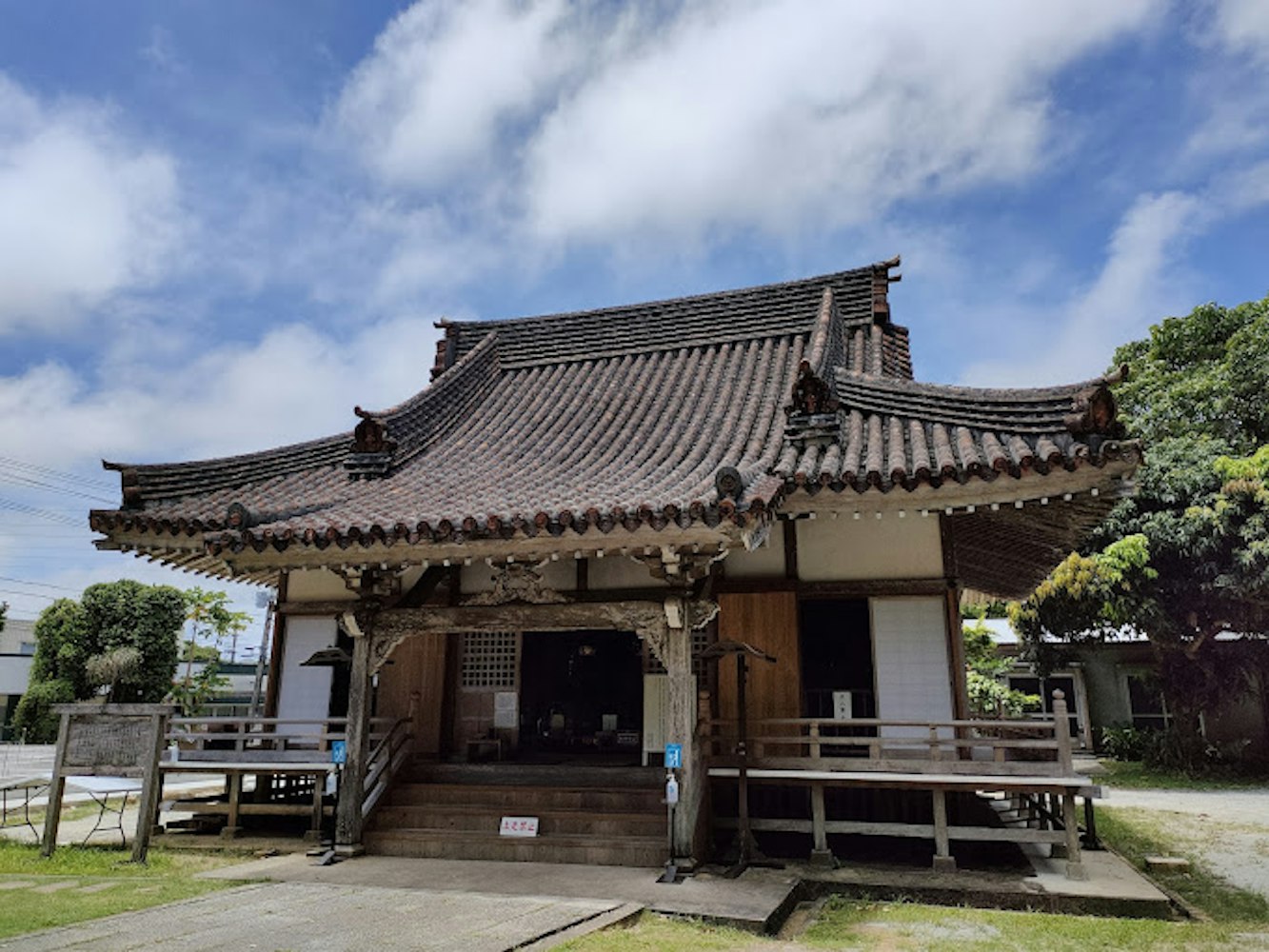
Perched atop a hill overlooking the East China Sea, Kinkannon-ji Temple offers one of the most panoramic views in Okinawa. This location makes it an ideal spot for meditation and spiritual contemplation, with vistas that stretch across the ocean and the lush landscapes of the island. The temple’s design utilizes natural light and open spaces, allowing the peaceful environment to enhance the meditative experiences of its visitors.
Kinkannon-ji is also known for its serene atmosphere and the sense of tranquility that pervades its grounds. The temple grounds are adorned with traditional Ryukyuan motifs and statues that contribute to the peaceful ambiance, making it a favored retreat for those seeking a quiet place to reflect and reconnect with nature.
The temple serves as a spiritual haven where the beauty of Okinawa’s natural environment and the depth of its spiritual traditions converge, offering a unique and profound experience to all who visit.

Tamaudun Mausoleum stands as a poignant historical site tied closely to the royalty of the Ryukyu Kingdom. Located near Shuri Castle in Naha, this mausoleum serves as the final resting place for members of the Ryukyu royal family, offering visitors deep insights into the spiritual and cultural practices that shaped Okinawan royalty.
The site consists of three main chambers, where the kings, queens, and their relatives were laid to rest, each adorned with distinctive stone carvings and traditional Ryukyuan motifs that reflect the artistry and beliefs of the period.
The spiritual significance of Tamaudun extends beyond its function as a burial site; it is also a symbol of cultural synthesis and respect for lineage and heritage, which are core aspects of Okinawan tradition. Visitors to the mausoleum can appreciate the site's quiet dignity and understand the ceremonial practices associated with the Ryukyu royalty, which continue to influence cultural norms in Okinawa today.
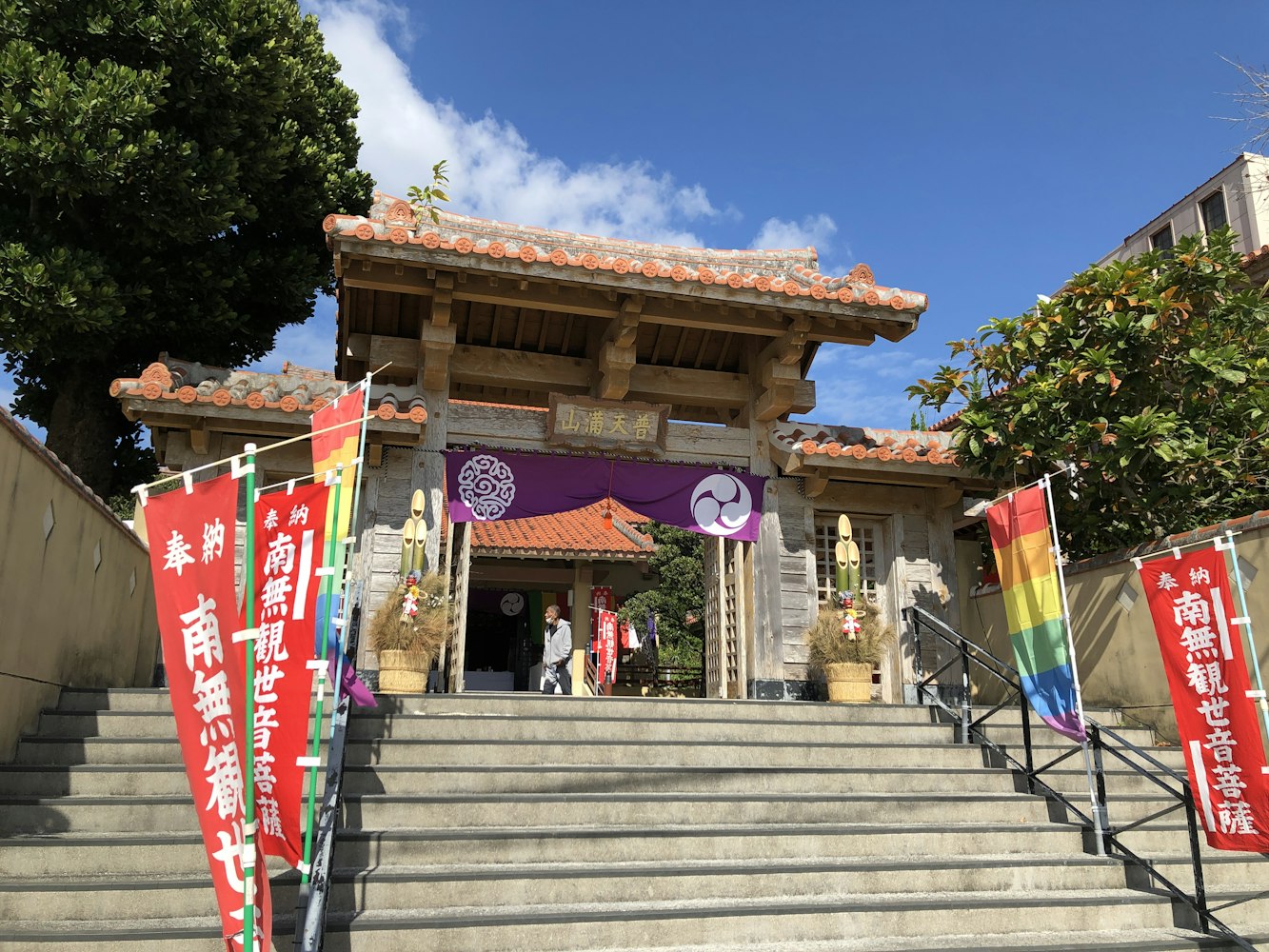
Nestled in a lush, secluded area of Okinawa, Jinguji Temple offers a retreat into nature, where the environment itself enhances spiritual reflection. Known for its vibrant floral designs, the temple grounds bloom with an array of native flowers and plants, creating a tapestry of color that changes with the seasons. The temple's setting allows visitors to immerse themselves in tranquility and escape the pace of everyday life, making it an ideal spot for meditation and prayer.
Jinguji Temple's architecture incorporates elements of traditional Ryukyuan design, with wooden structures and stone pathways that blend seamlessly with the natural surroundings.
The temple is not only a place for worship but also a celebration of the beauty of Okinawa’s flora, attracting nature lovers and spiritual seekers alike. Its gardens are carefully curated to foster a sense of peace and harmony, embodying the temple’s role as a sanctuary for both the community and the environment.
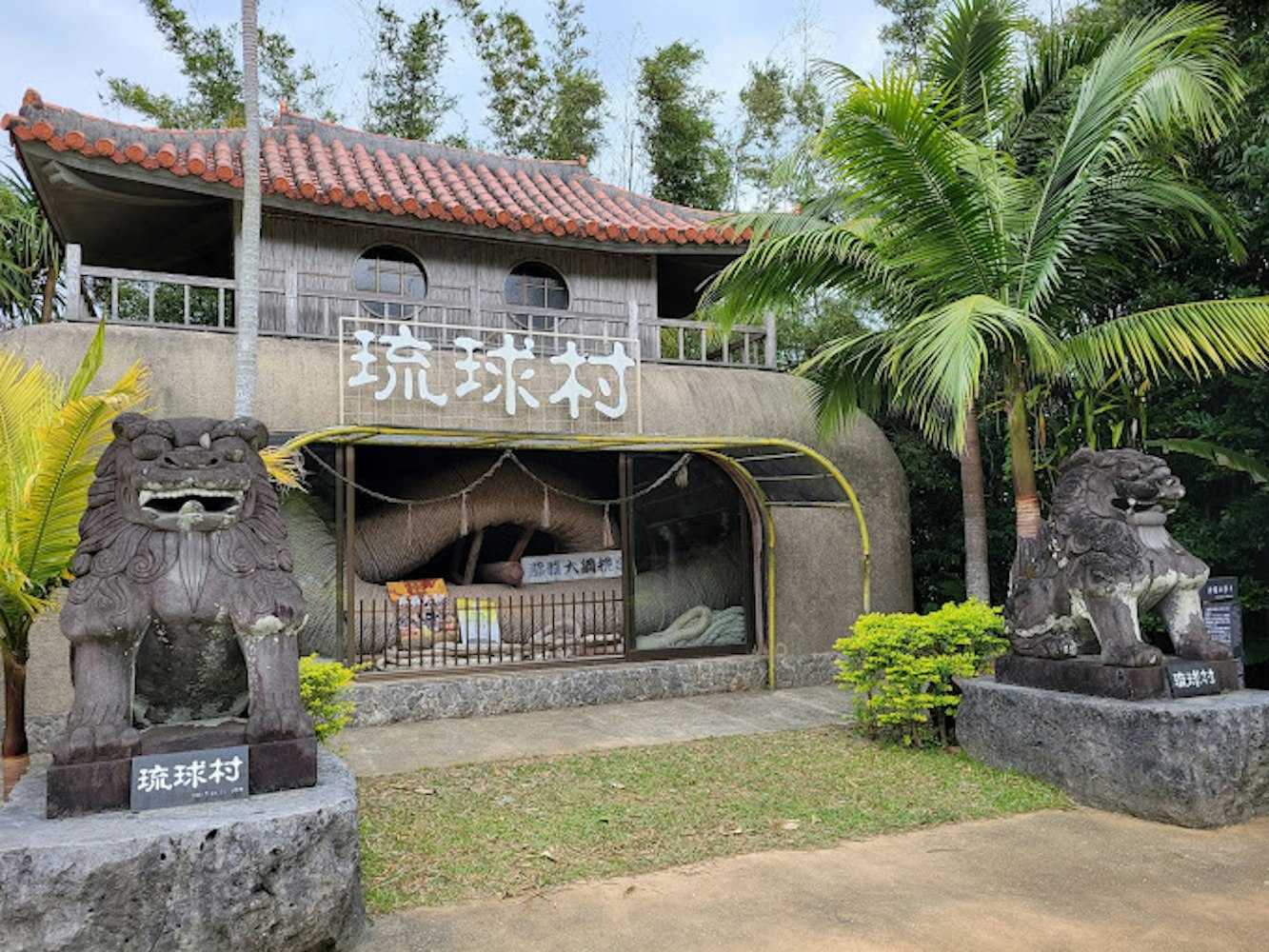
Ryukyu Mura Temple is part of a larger cultural village that serves as a living museum of Okinawan history and traditions. This temple showcases traditional Okinawan temple architecture, featuring distinctive red tiles, dragon pillars, and ornate gateways that are characteristic of the region's unique aesthetic.
The temple not only provides a spiritual space but also educates visitors about the Ryukyuan religious practices and architectural styles that have been preserved through the centuries.
Located within the Ryukyu Mura cultural park, the temple is surrounded by various traditional houses and workshops where artisans demonstrate age-old crafts and techniques. This setting allows visitors to experience a comprehensive view of Okinawan culture, from its spiritual practices to its artistic heritage.
In conclusion, the temples of Okinawa offer more than just an escape; they are a bridge to understanding the island's deep spiritual roots. Nestled within breathtaking natural landscapes, these sacred sites provide a unique blend of tranquility and cultural richness.
Whether you're seeking a moment of peace or eager to explore the spiritual heritage of Okinawa, these temples stand as serene guardians of tradition and natural beauty. Their doors are open to all who wish to experience the quiet harmony that defines Okinawa's soul.
